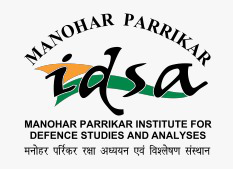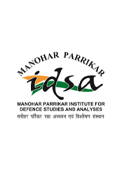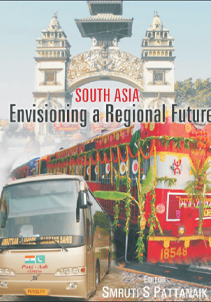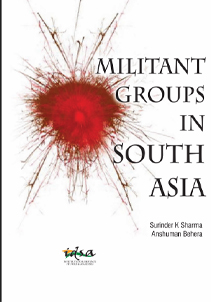Pakistan
Reconciling Doctrines: Prerequisite for Peace in South Asia
This paper suggests an approach towards building conditions necessary for peace between India and Pakistan. Identifying the Pakistani army as a power centre in Pakistan, the hypothesis is that a strategic dialogue with it would achieve doctrinal balancing and help mitigate its threat perception.
Water Sector in Pakistan: Policy, Politics, Management
This monograph undertakes a descriptive analysis of the water sector in Pakistan and underlines issues related to Pakistan’s water policies, politics and management practices. It argues that domestic water management is perhaps one of the key areas which requires urgent attention in Pakistan.
Arthasastra: Lesson for the Contemporary Security Environment with South Asia as a Case Study
In this monograph, the Arthasastra framework is used for examination of dynamics of fragility in South Asia, with a case study of Pakistan. The insights into human policy choices which can be gleaned from the treatise have a timeless quality that can offer a fresh perspective to today’s policy makers. It can be open to further academic investigation and debate for developing and enriching an indigenous strategic vocabulary.
Religion as the Foundation of a Nation: The Making and Unmaking of Pakistan
Pakistan owes its origin to the ‘Two Nation Theory’ in the sub-continent’s polity. Leaders of the Pakistan Movement were convinced that Muslims were a separate nation from the Hindu nation and the two could not live together.
Nawaz Sharif’s Return and Prospects for India–Pakistan Relations
Nawaz Sharif's statements on forging 'good ties' with India after his return to Pakistan are unlikely to translate to any meaningful forward movement in bilateral ties.
- Priyanka Singh
- November 16, 2023
Tehreek-e-Taliban Pakistan: Unravelling Pakistan’s Enduring Threat
The 4 November 2023 attack on the Pakistan Air Force base by an affiliate of the TTP highlights the threat posed by the group to the Pakistani state.
- Rajneesh Singh
- November 16, 2023
Whither Pakistan? Growing Instability and Implications for India
- Publisher: Institute for Defence Studies and Analyses
Pakistan has invariably evoked a great deal of interest among India’s strategic affairs community. Because of historical, geographical, economic and cultural linkages, developments in the neighbourhood have important implications for India’s politics, economy and security. The basic argument that flows from the report is that Pakistan is likely to remain unstable because of inherent weaknesses in its political, economic and security policies.
- ISBN 81-86019-70-7,
- Price: ?. 299/-
- E-copy available
South Asia: Envisioning a Regional Future
- Publisher: Pentagon Security International
This volume includes a collection of papers contributed by eminent scholars and analysts from the South Asian region on how they visualise South Asia a decade hence. It is recognised that the region suffers from several constraints that has made common challenges difficult to address; nevertheless, there is an optimism that the region will move forward steadily albeit slowly, to evolve a common agenda, and shape a regional identity that would form the bedrock of any cooperative endeavour.
- ISBN 978-81-8274-497-4 ,
- Price: ?. 895/-
- E-copy available
Militant Groups in South Asia
- Publisher: Pentagon Press
This book is an attempt to profile important militant groups presently active in South Asian countries. The threat perception from each group has been covered in this book in details. The book will be useful for further research on militancy, terrorism, radicalisation and security related issues.
- ISBN 978-81-8274-754-8,
- Price: ₹ 995/-
- E-copy available













